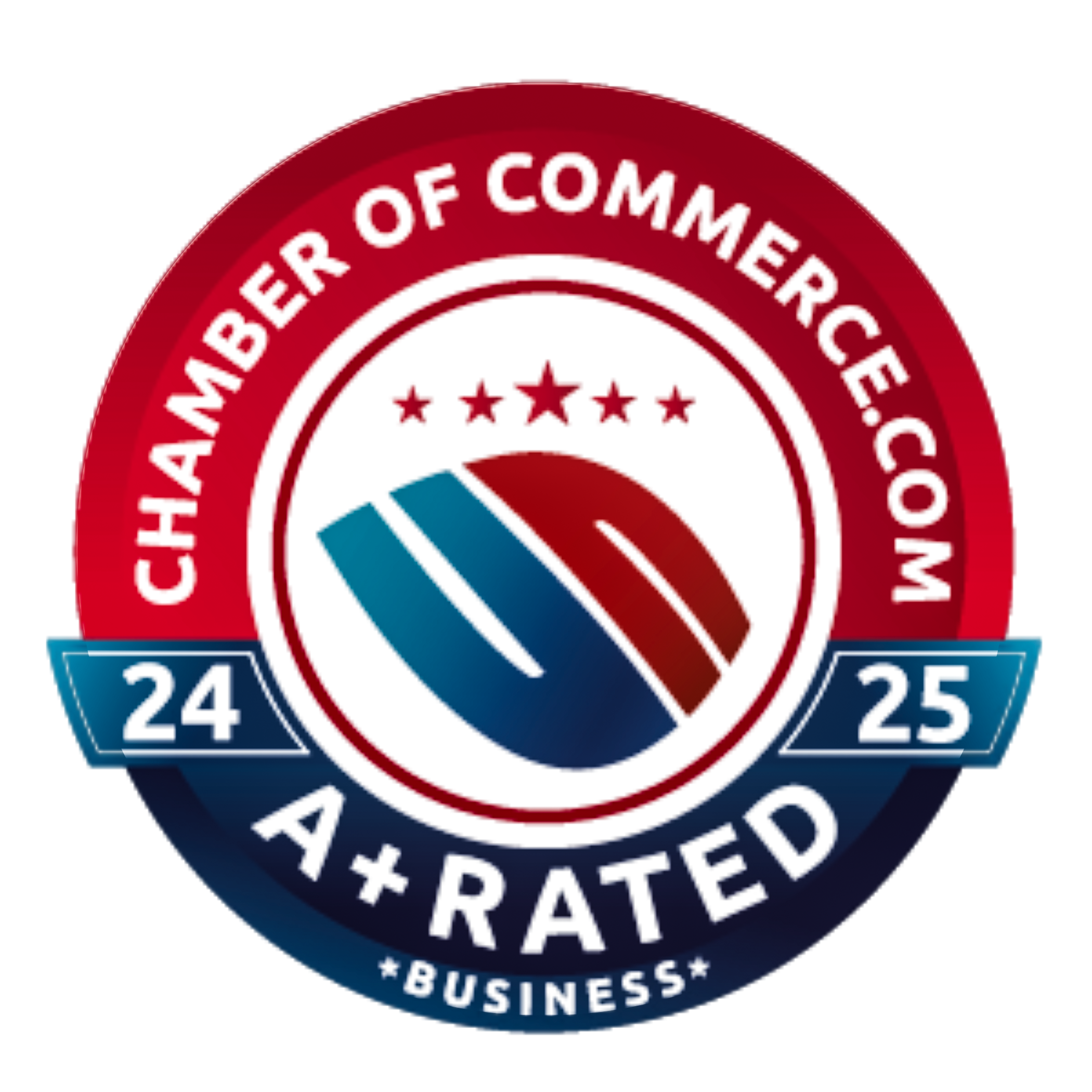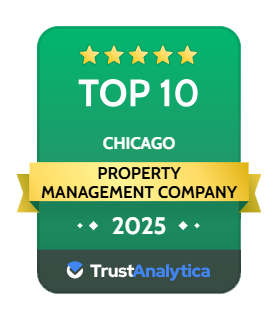According to the Statista Research Department, the United States holds approximately 43 million rental housing units occupied by renters. We have seen a constant increase since 1975. The numbers suggest “that demand for rental housing is on the rise, and that supply is failing to keep up with it."
All landlords want their investment properties to be as successful and easy to maintain. As a property management company, oftentimes we see property owners treating their rental units as their own. It is hard for them to defirientate a rental unit vs their own home. The 5x rule states that maintenance costs will average 1.5 times the monthly rental rate.This number indicates that there is a huge possibility for landlords to increase their profits if they make their homes more durable.
Having durable properties will help with the constant turnover and high expenses due to damage or deterioration of a property’s finishes. Here are some ways you as a landlord can build strong and durable properties that can withstand the use and ware of tenants:
Flooring
Try to stay away from carpeting! This type of flooring can easily get dirty, damaged and worn. If carpets are not constantly cleaned thoroughly they can cause trouble. According to microbiologist Dr. Tierno of NYU Langone Medical Center carpets can contain “200,000 bacteria per square inch” (Just FYI, toilet seats have less bacteria than this). Also a study released in Scientific Reports, found that carpeted homes had a greater variety of insects than non-carpeted homes.
Rather than carpet floors, we recommend you install laminate flooring or vinyl. These two options are easy to install, maintain plus cost effective. You can also experiment with engineered hardwood flooring. This type of floor gives an attractive look of natural hardwood floors without the elevated cost.Don’t forget to always go for neutral colors.
Paint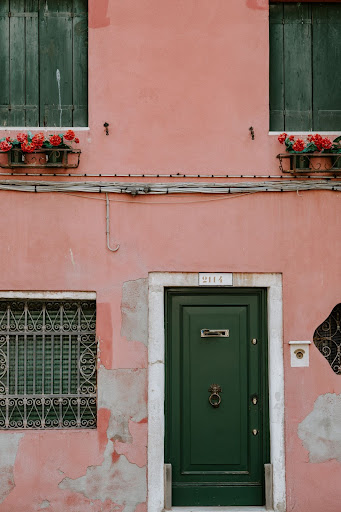
Try to avoid cheap paint, use durable easy-wash paint. As tempting as it is to buy the less expensive paint, we recommend you don’t do it. After a tenant moves out, you typically need to address the walls and trim. If you need to repaint the whole unit, it can be very expensive. However, if you used a high-quality paint with a finish that is scrubbable, you may be able to scrub the walls and trim clean, saving thousands. While you probably don’t want to use semi-gloss finish throughout the whole home, we suggest using it in the bathroom and kitchen while the rest of the unit is covered with a satin finish. This will greatly increase the odds of being able to wash the walls and save big money by not having to repaint the whole property the next time the tenant leaves.
Plumbing
Some of the most common and most expensive calls we get are plumbing related - many of which can be easily avoided. When it comes to installing plumbing fixtures (eg. toilet, sink faucet, etc), we highly recommend staying away from the cheaper, builder grade products and opting for a higher quality, middle of the road product. A quality plumbing fixture can reduce leaks, running toilets, clogged toilets, and more. Over the lifetime of a rental unit, this can add up to thousands of dollars in savings.
Light Fixtures
One of the biggest headaches we encounter as property managers is electrical work. The lack of proper electrical installation can cause severe damage to an owner's property. If you want to avoid as many headaches as possible, use simple light fixtures. Stick to easy-to-install lighting solutions so you reduce the chance of having a big issue in the future. We also recommend swapping everything over to LED fixtures or LED bulbs to extend the life cycle of your lights - some LED bulbs last as long as 45 years!
The end goal of every investment property is to be profitable. With that being said, it is important to think of all the details involved in this business from the beginning. Make sure you specify in the lease agreement the difference between “tenant damage” and “wear and tear”. This will help avoid paying for repairs that are a result of tenant damage.
You should also ensure to keep track of your property by doing inspections throughout the lease length. Every state has different laws regarding home inspection, so be sure to check with your state and local laws.
If you have any questions regarding maintenance, how to keep a property durable or any other comment, please don’t hesitate to reach out at 312-313-8553 or send an email to office@landmarkrgc.com.

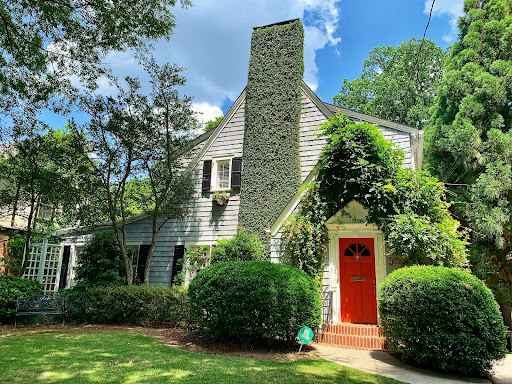



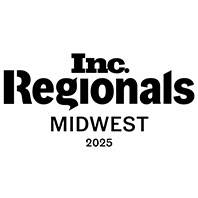
.png)

